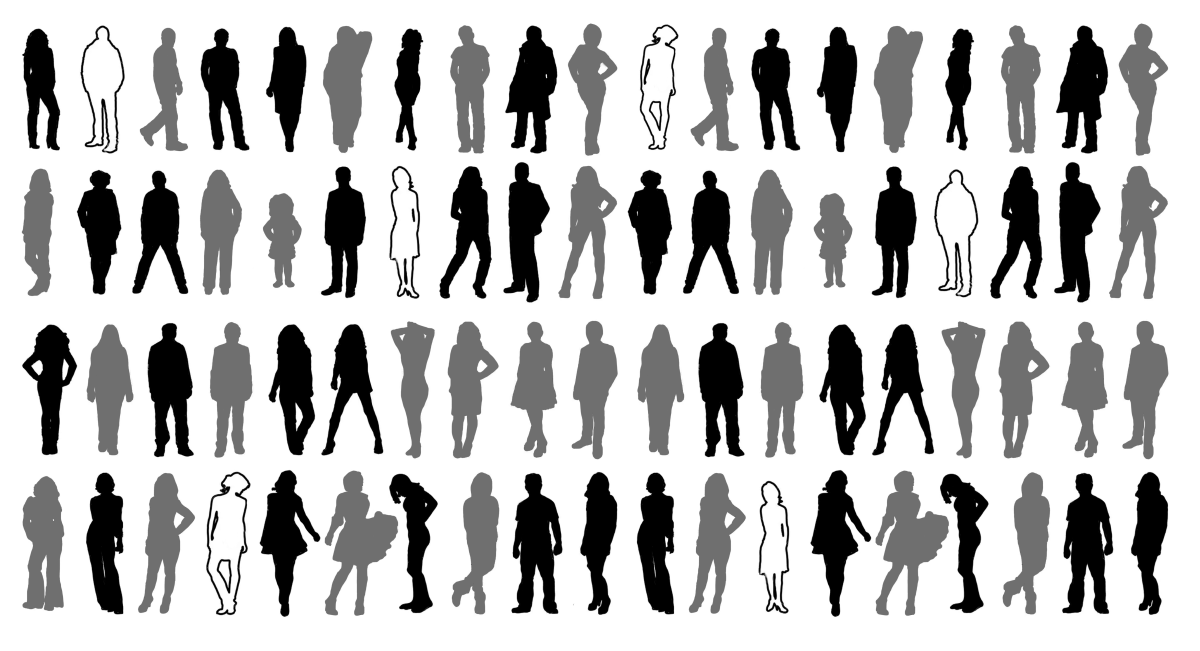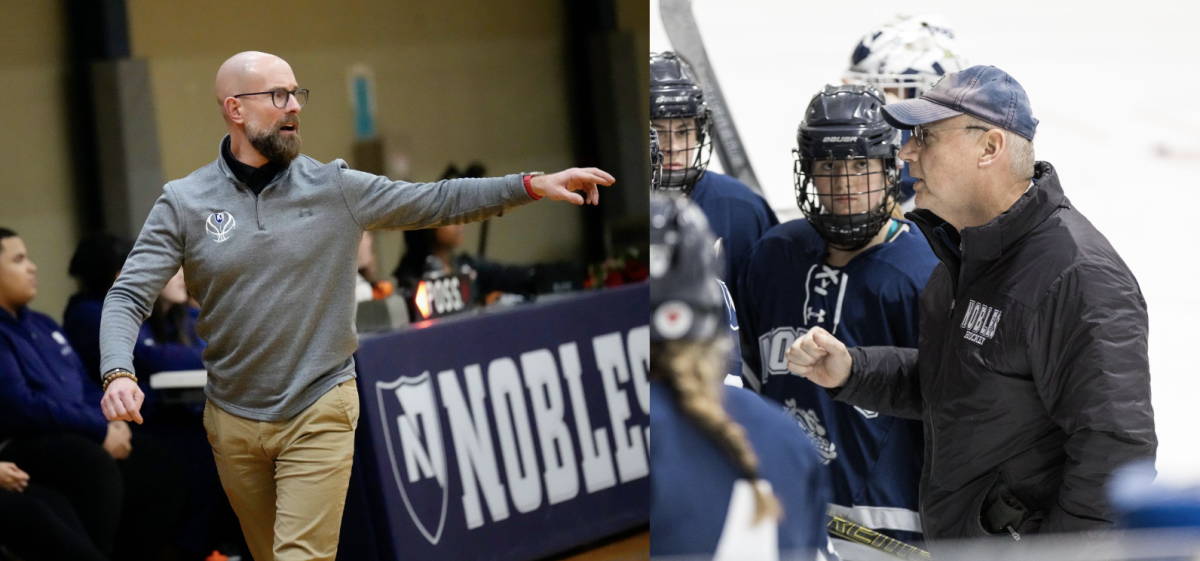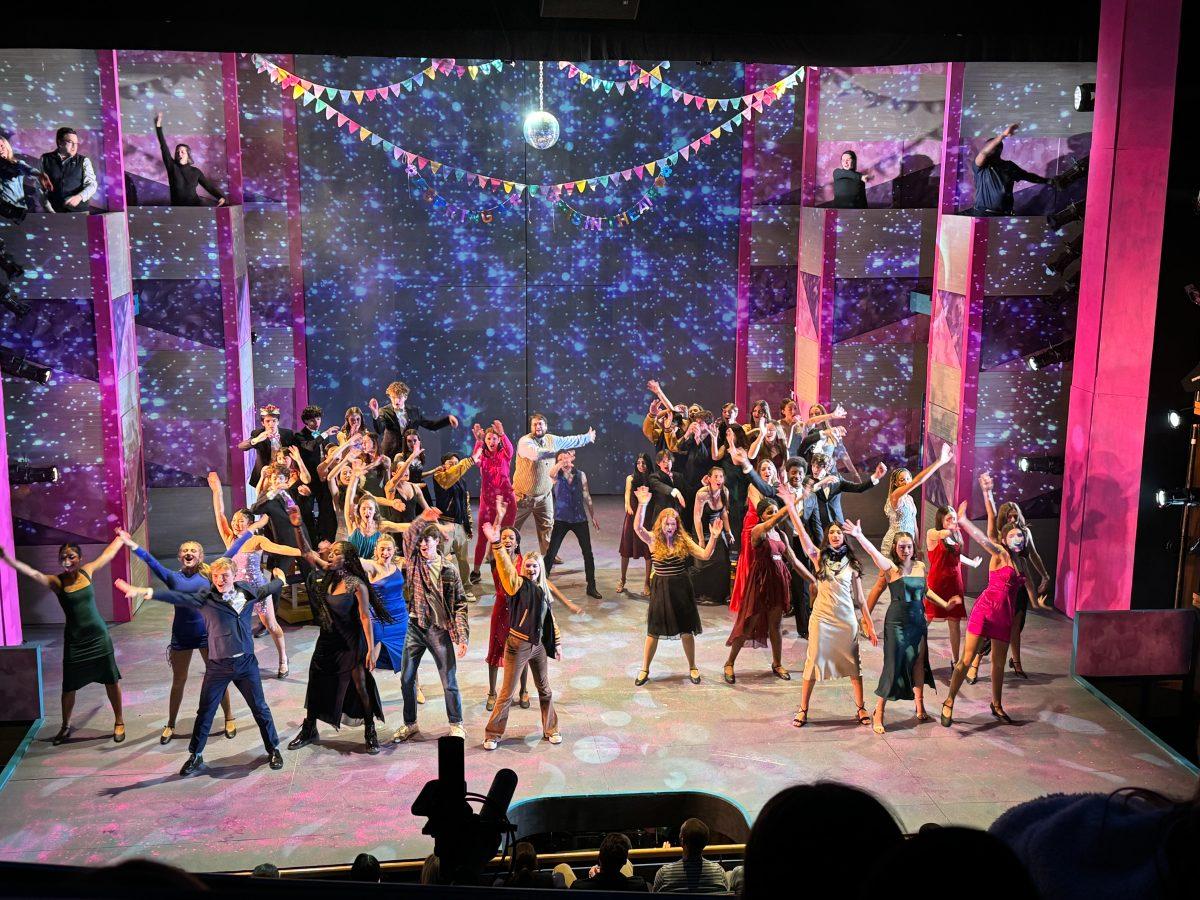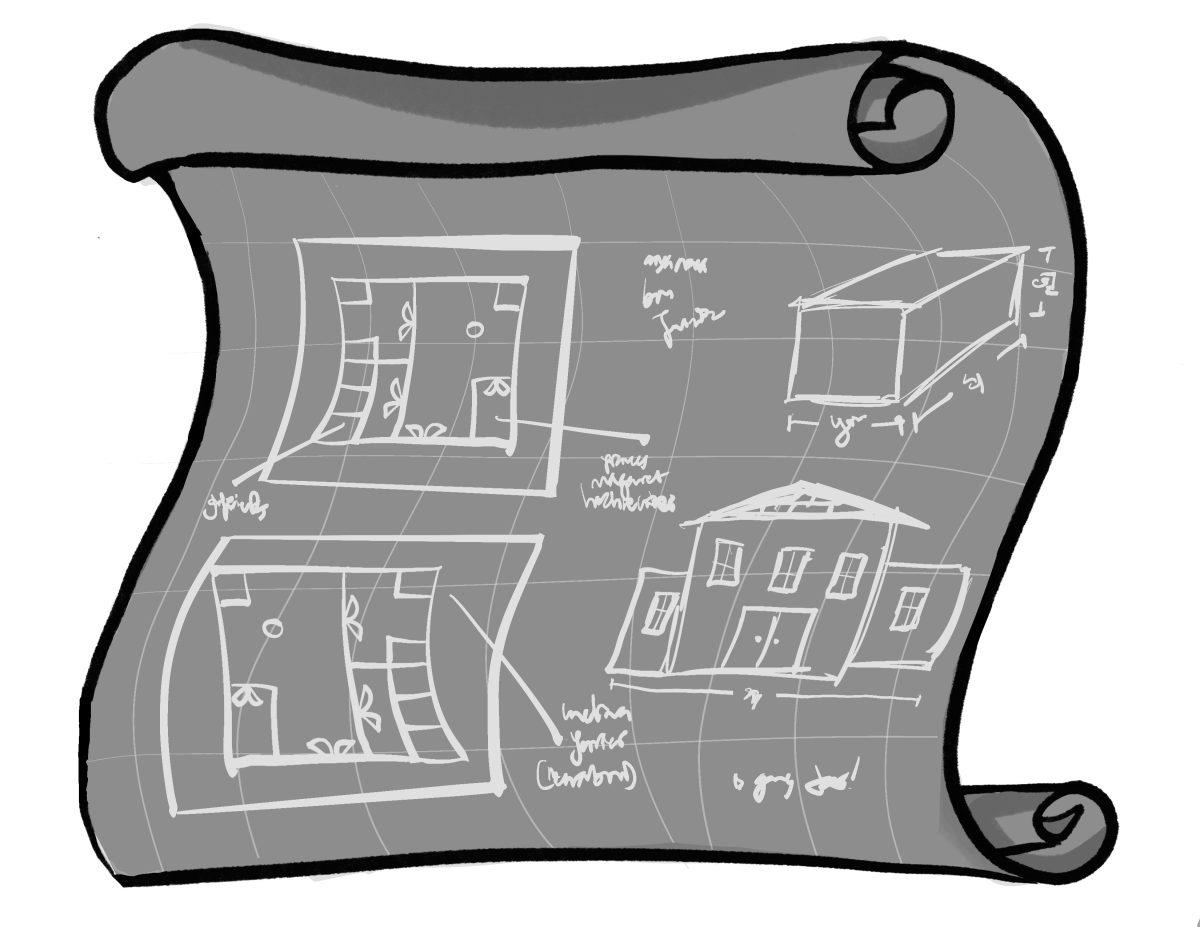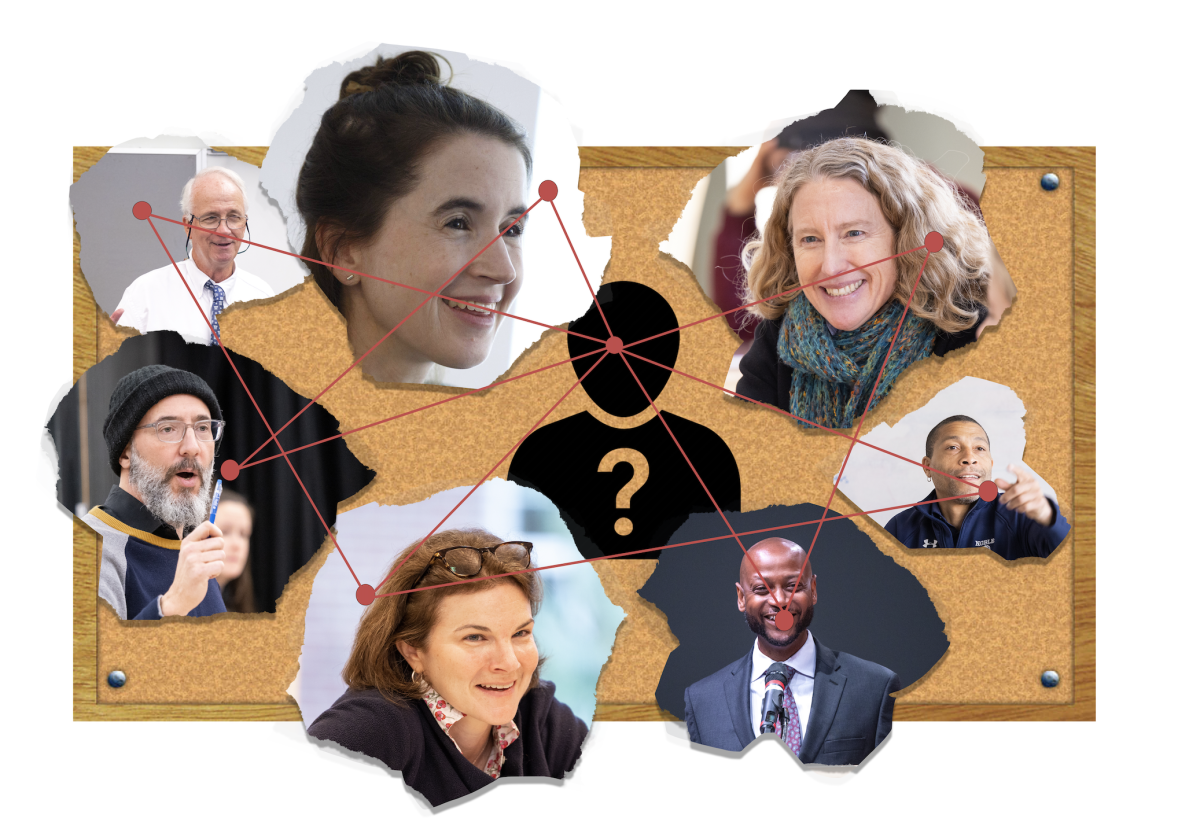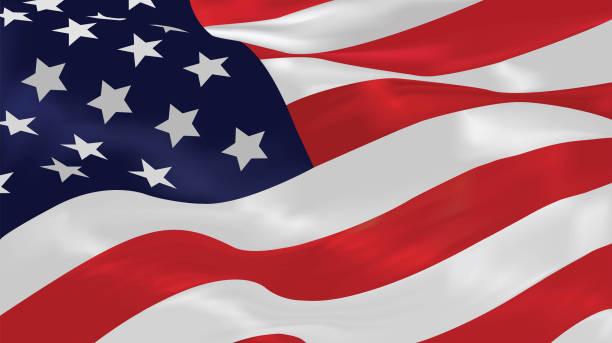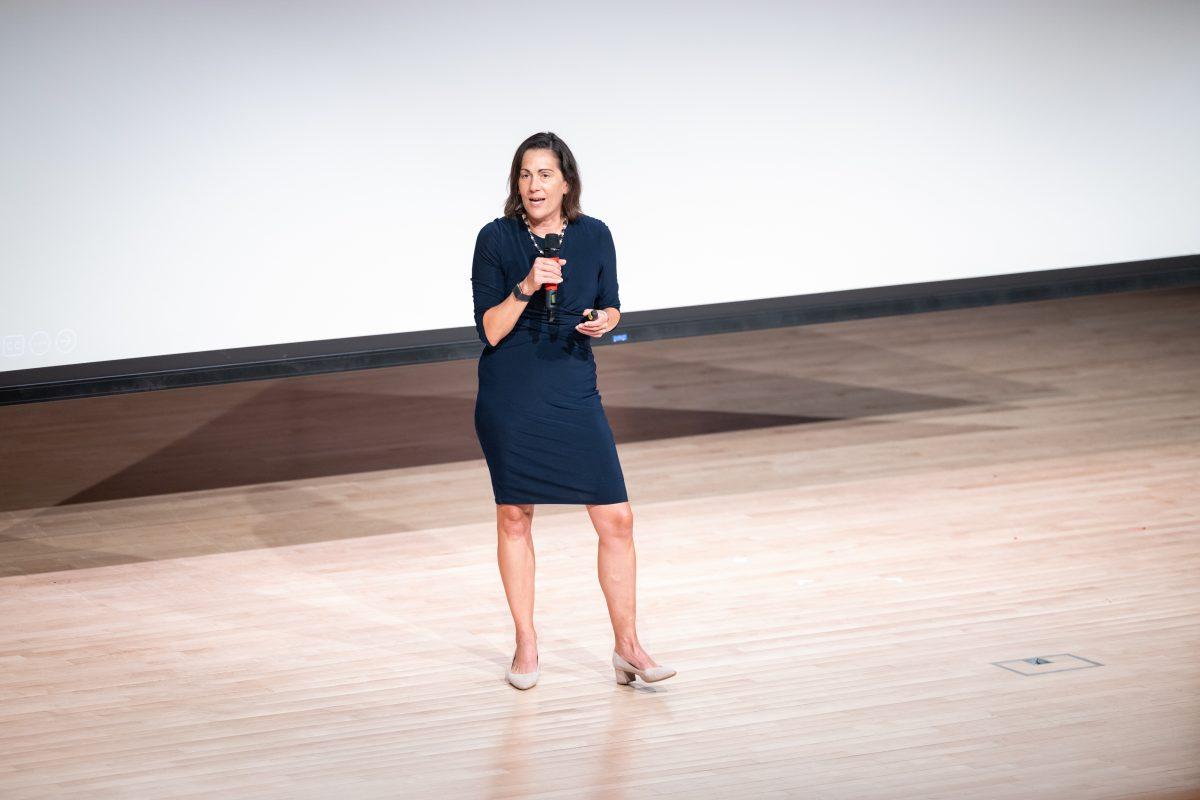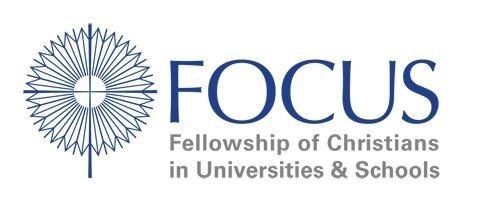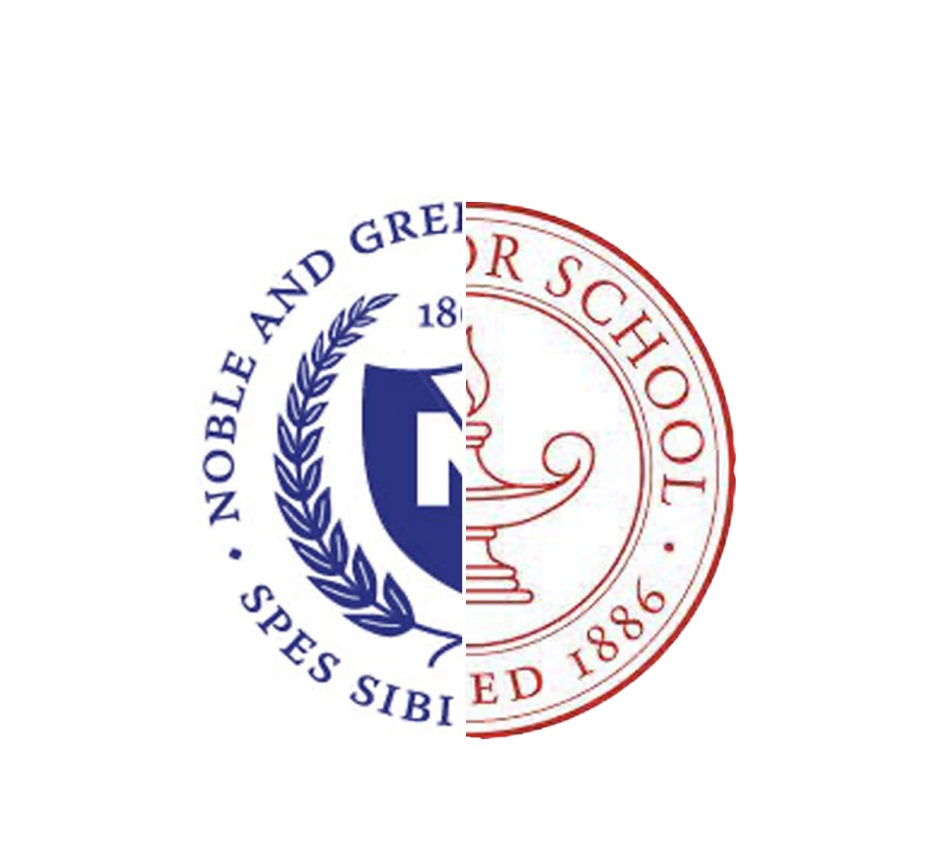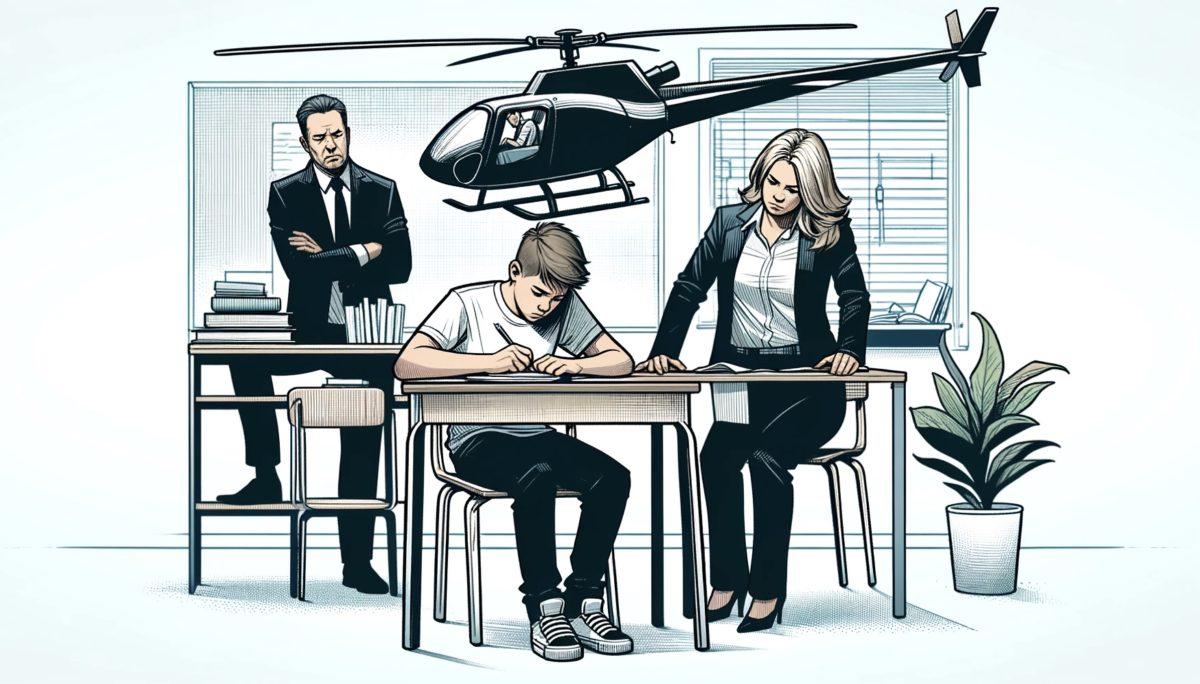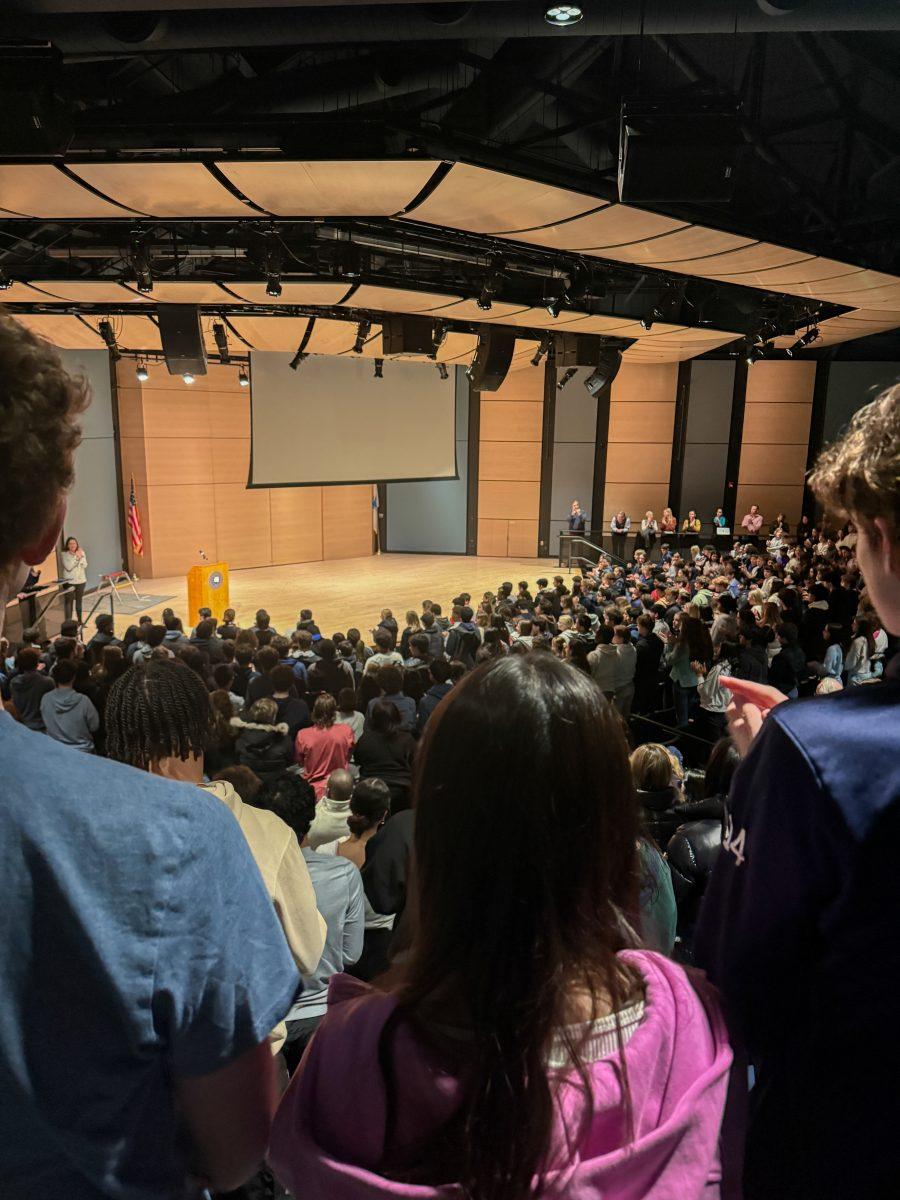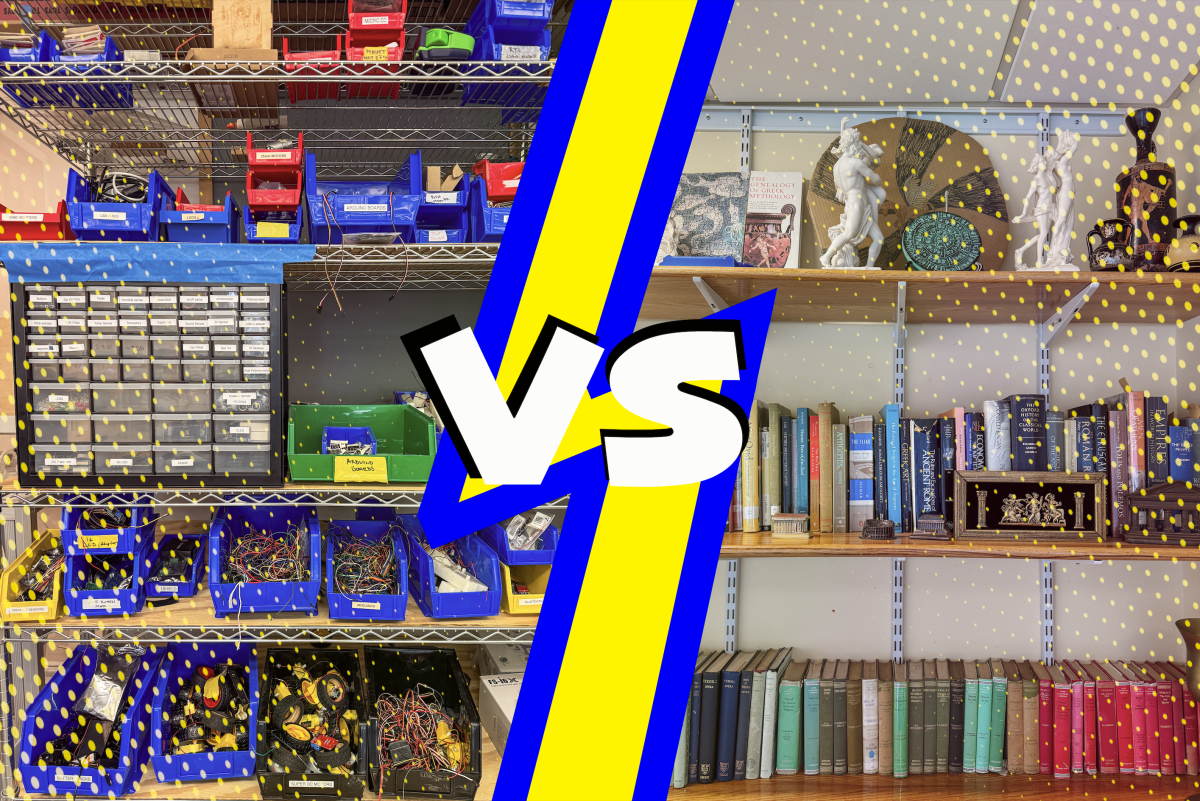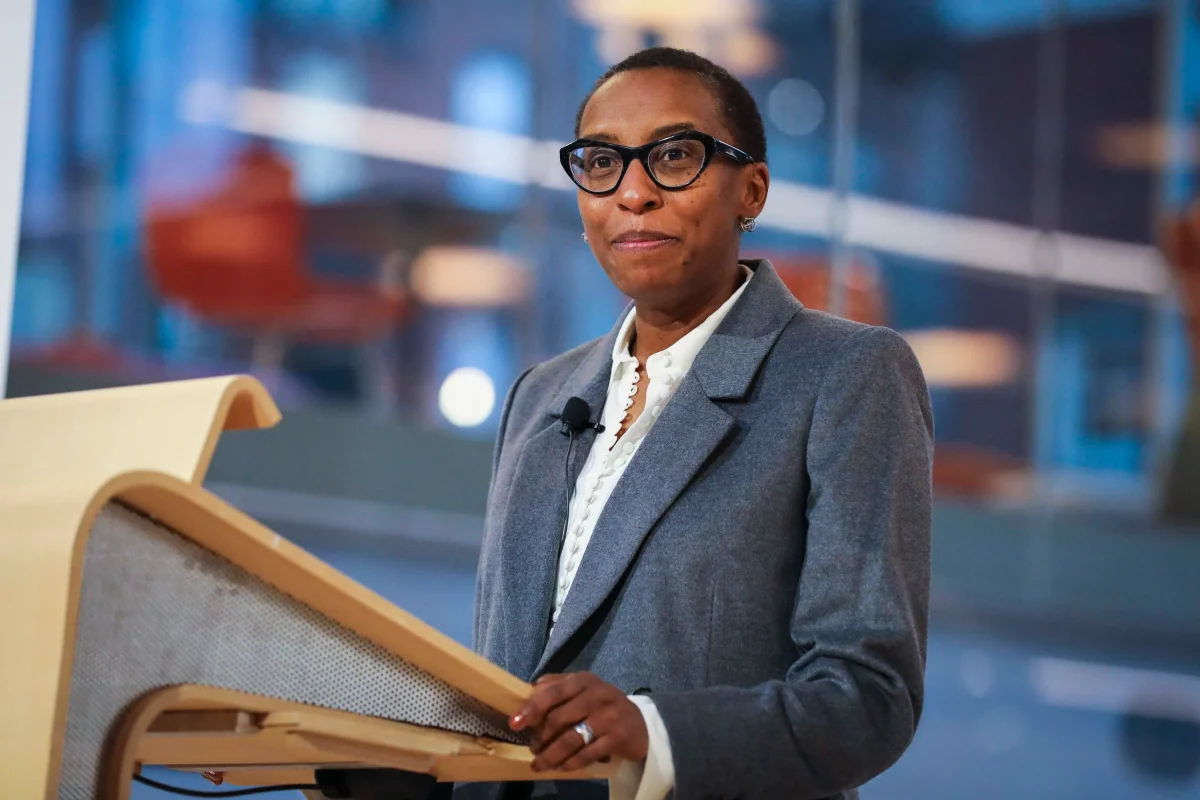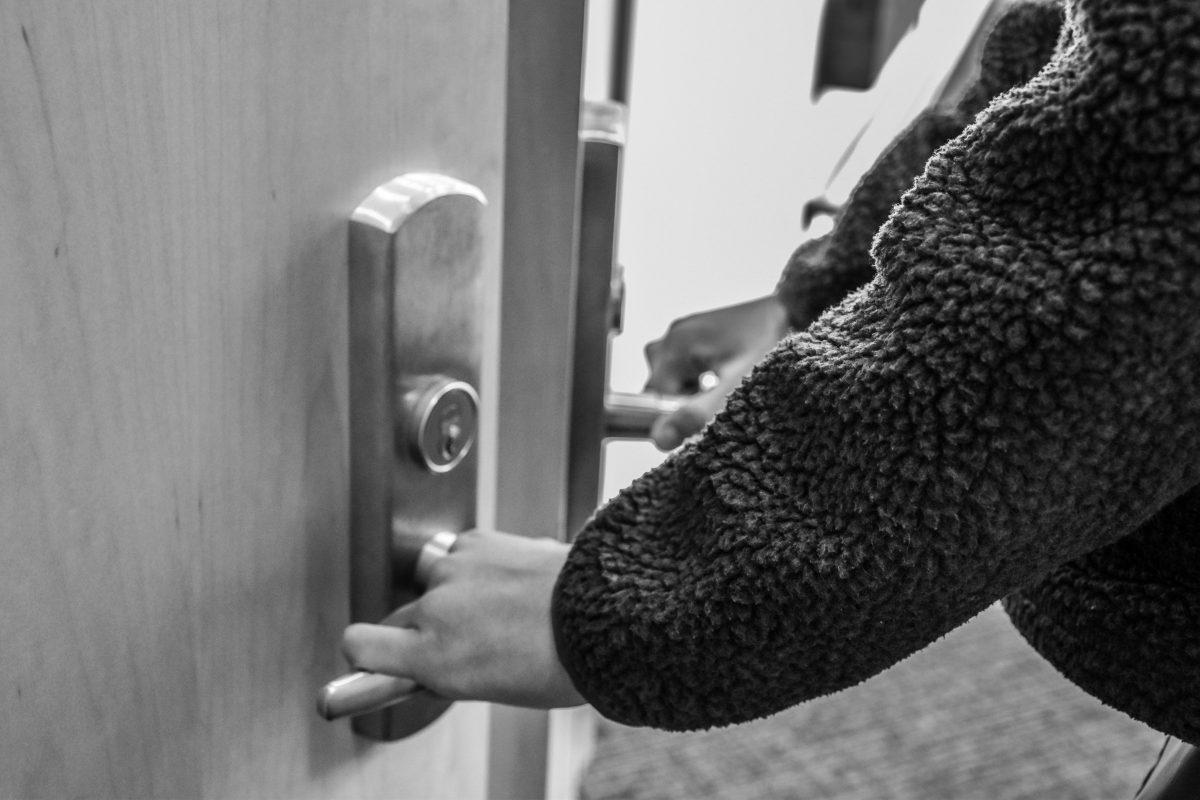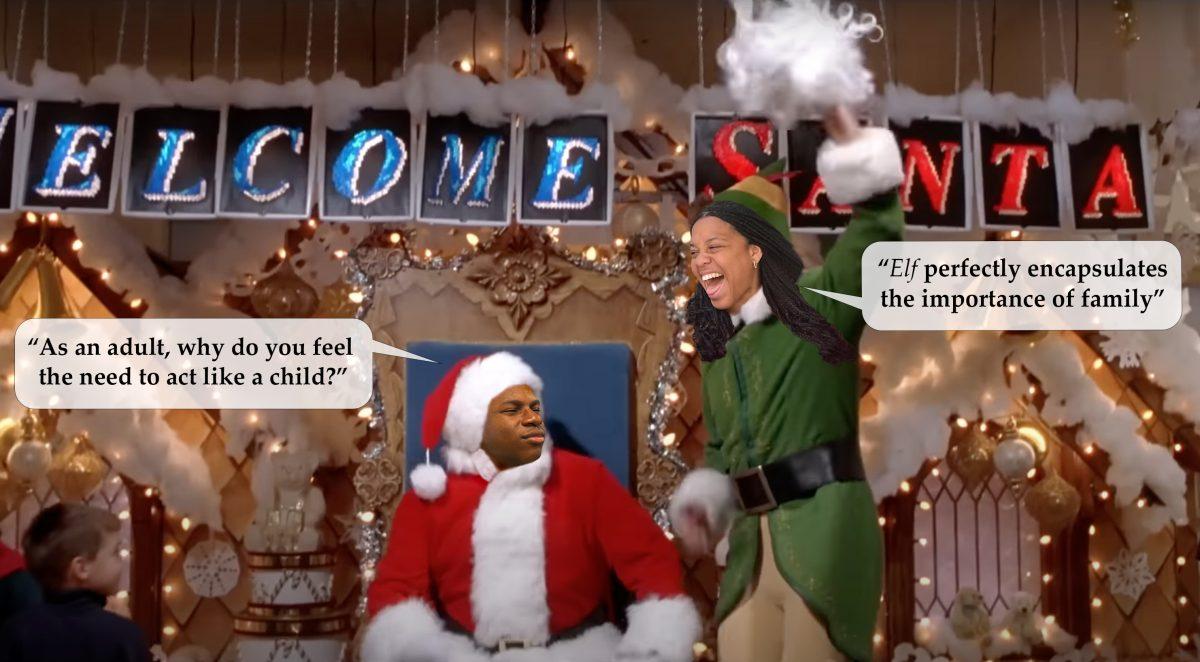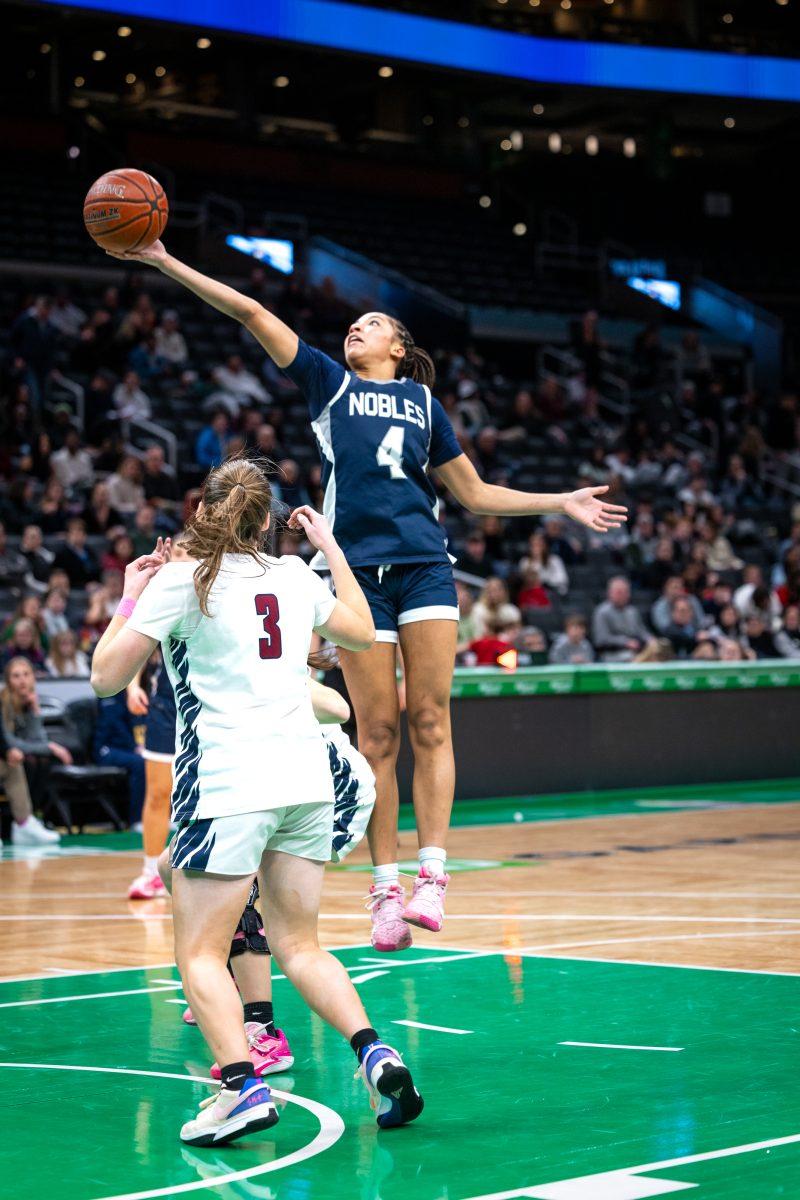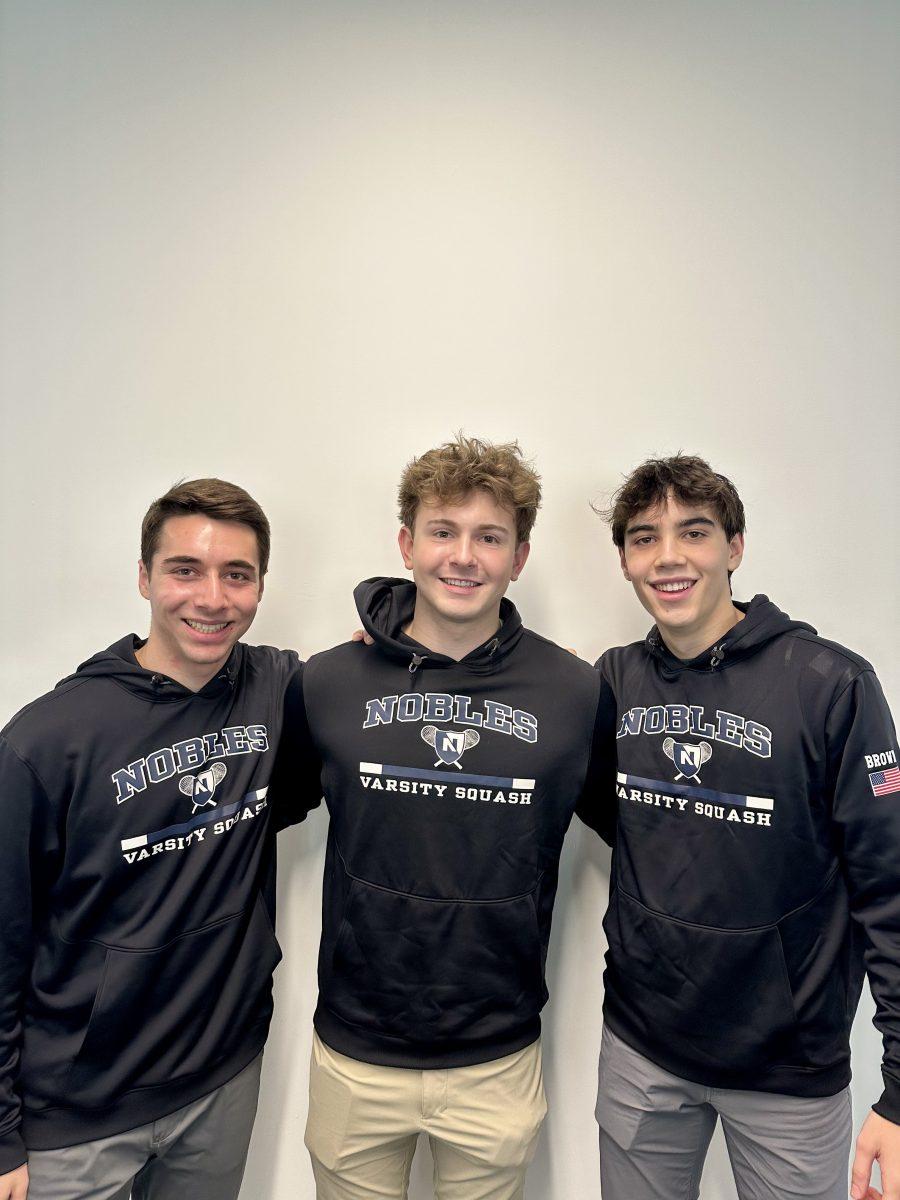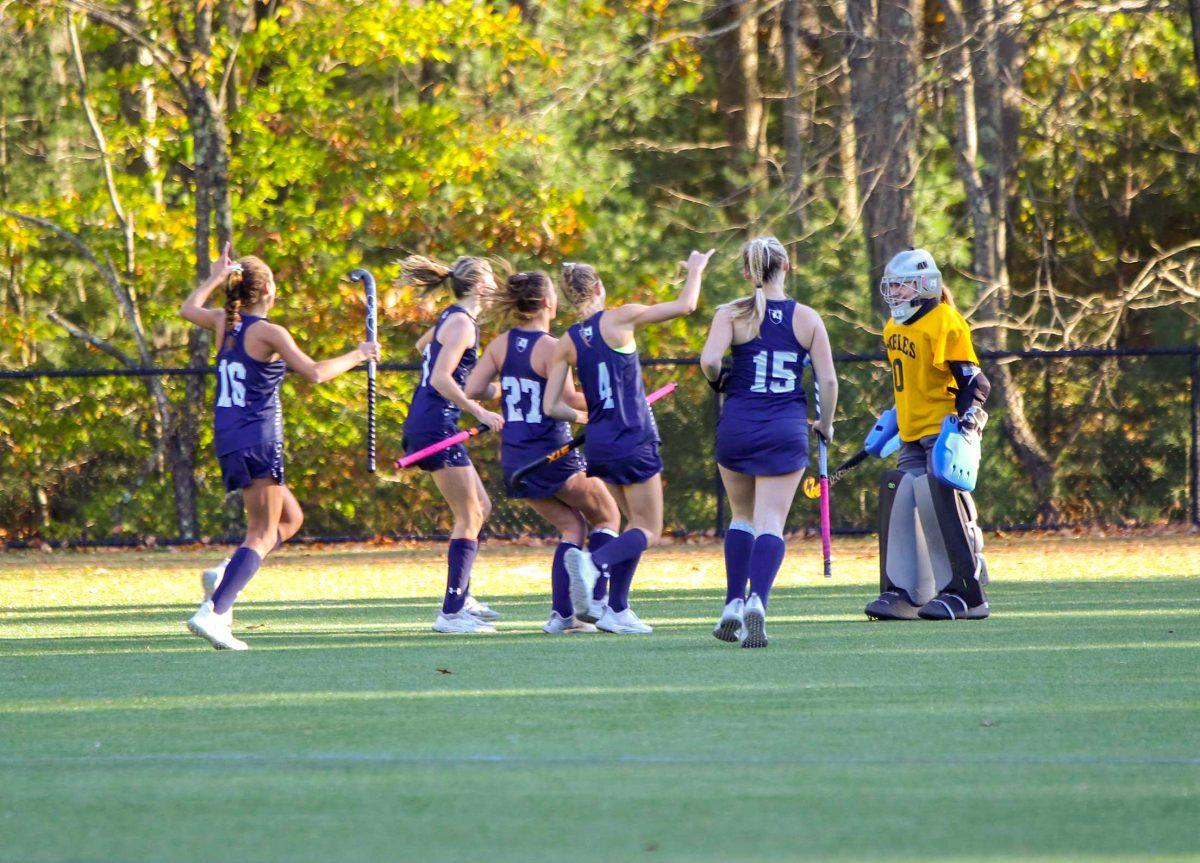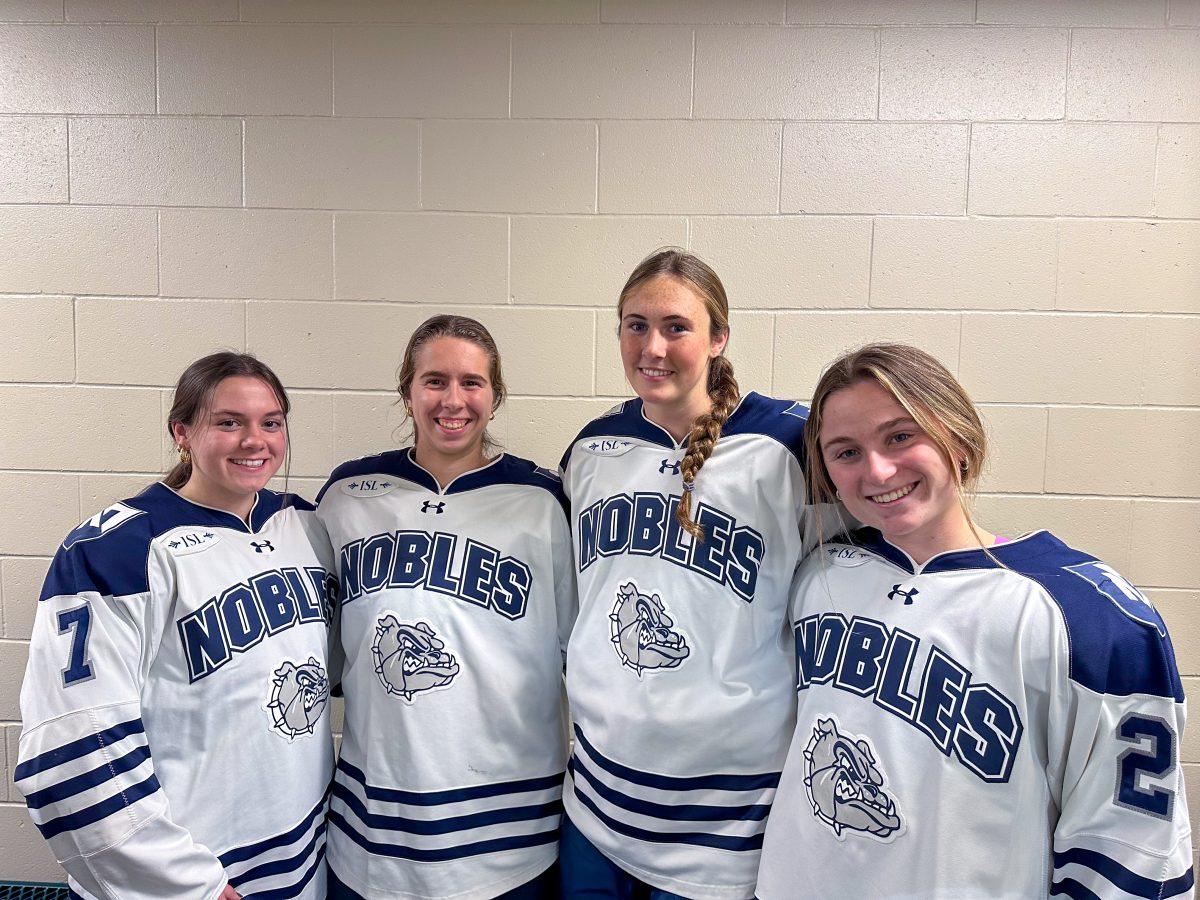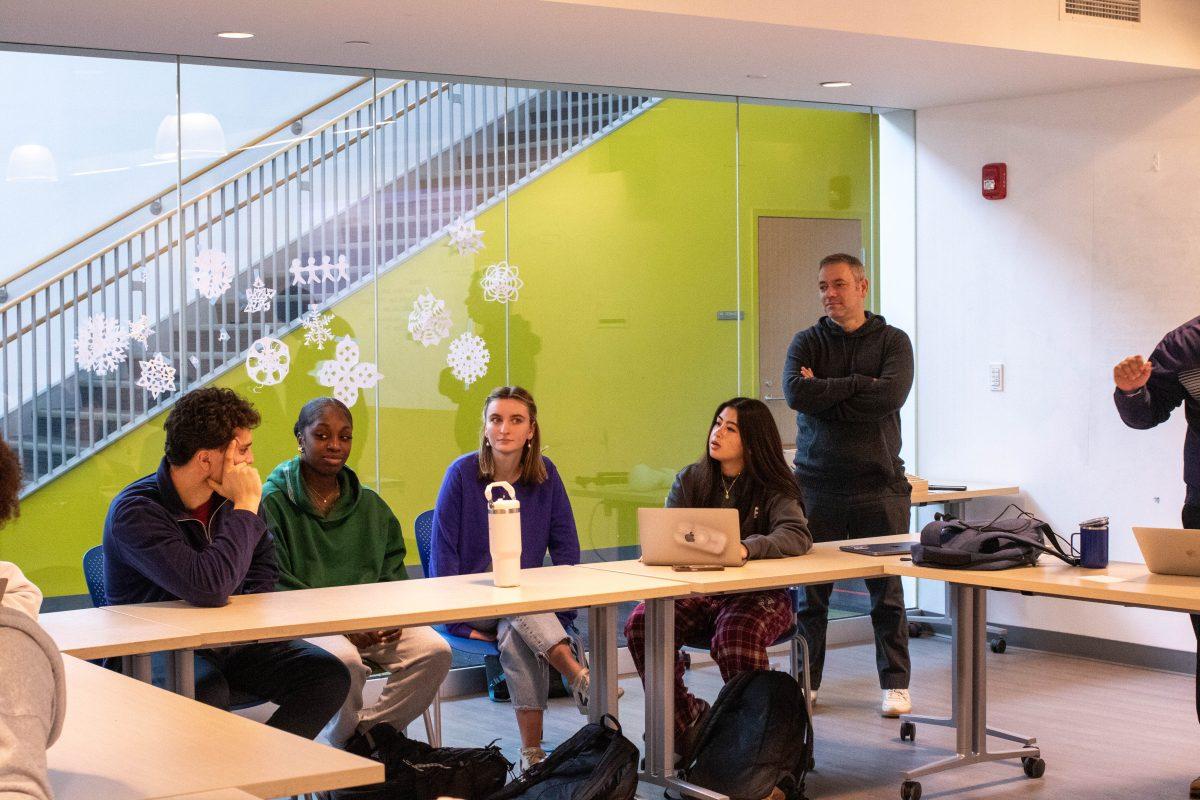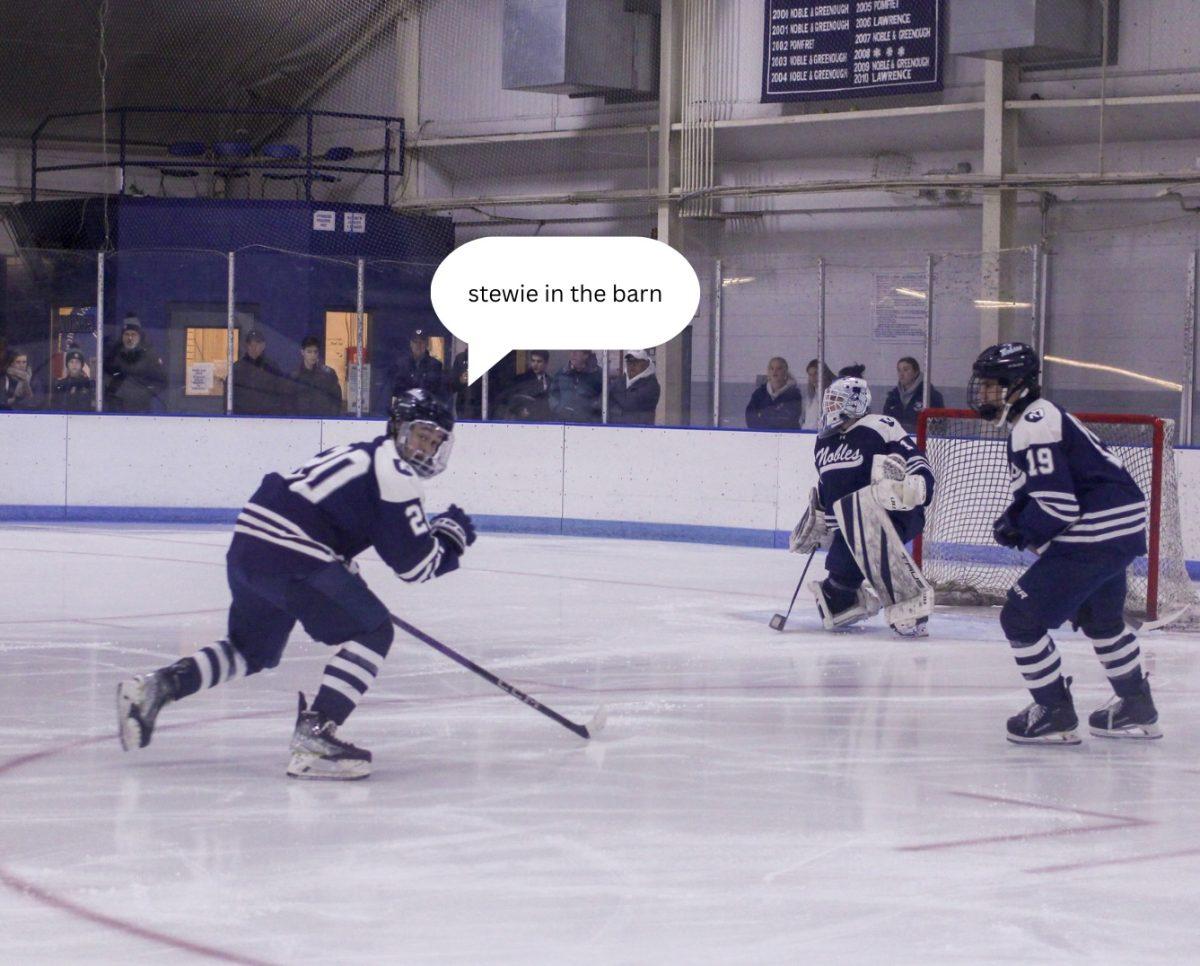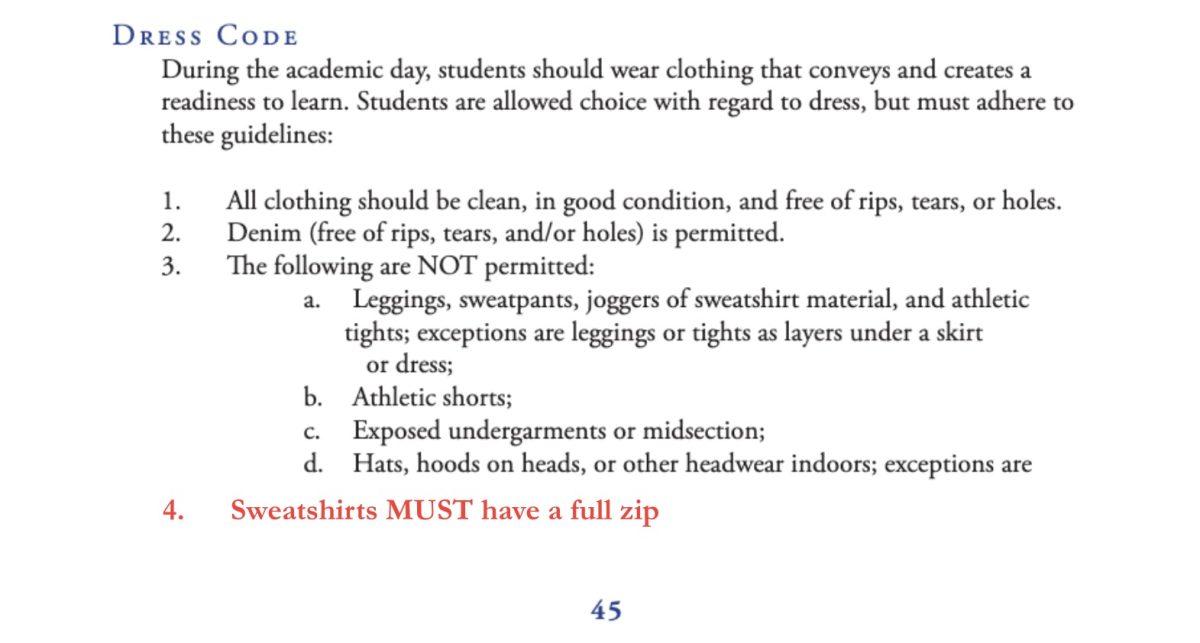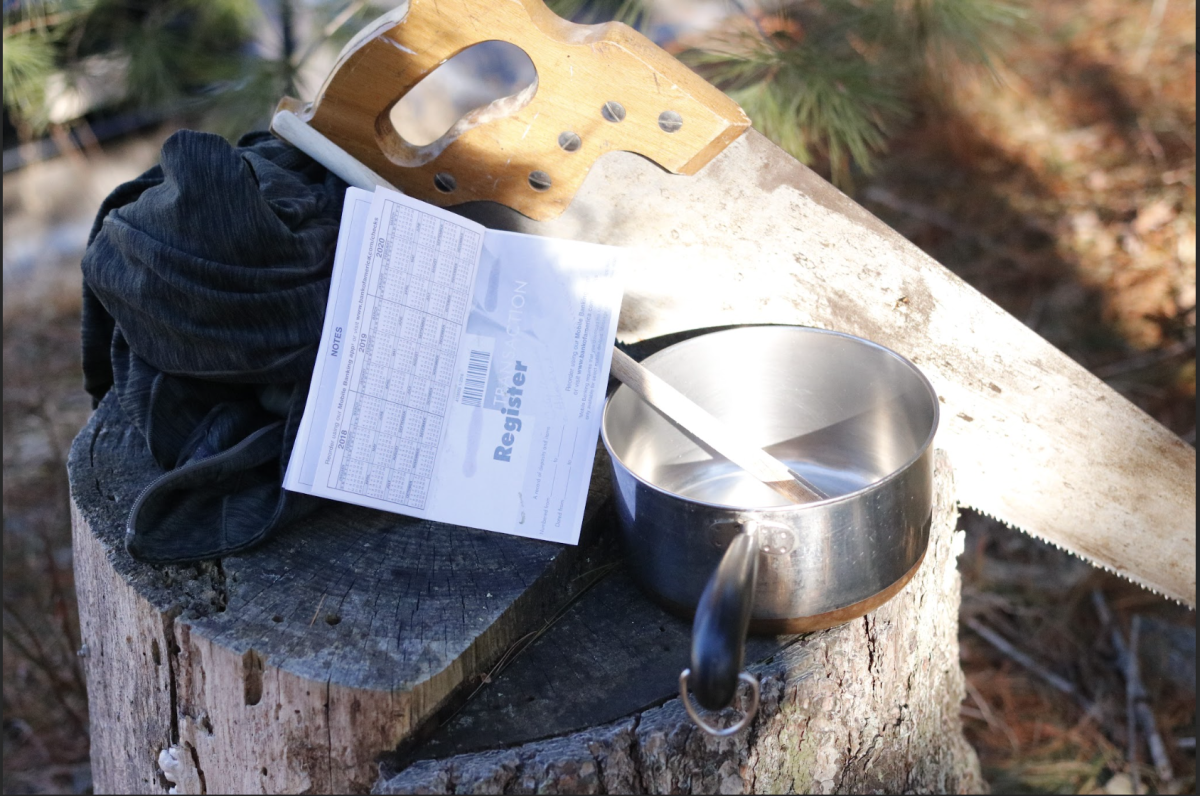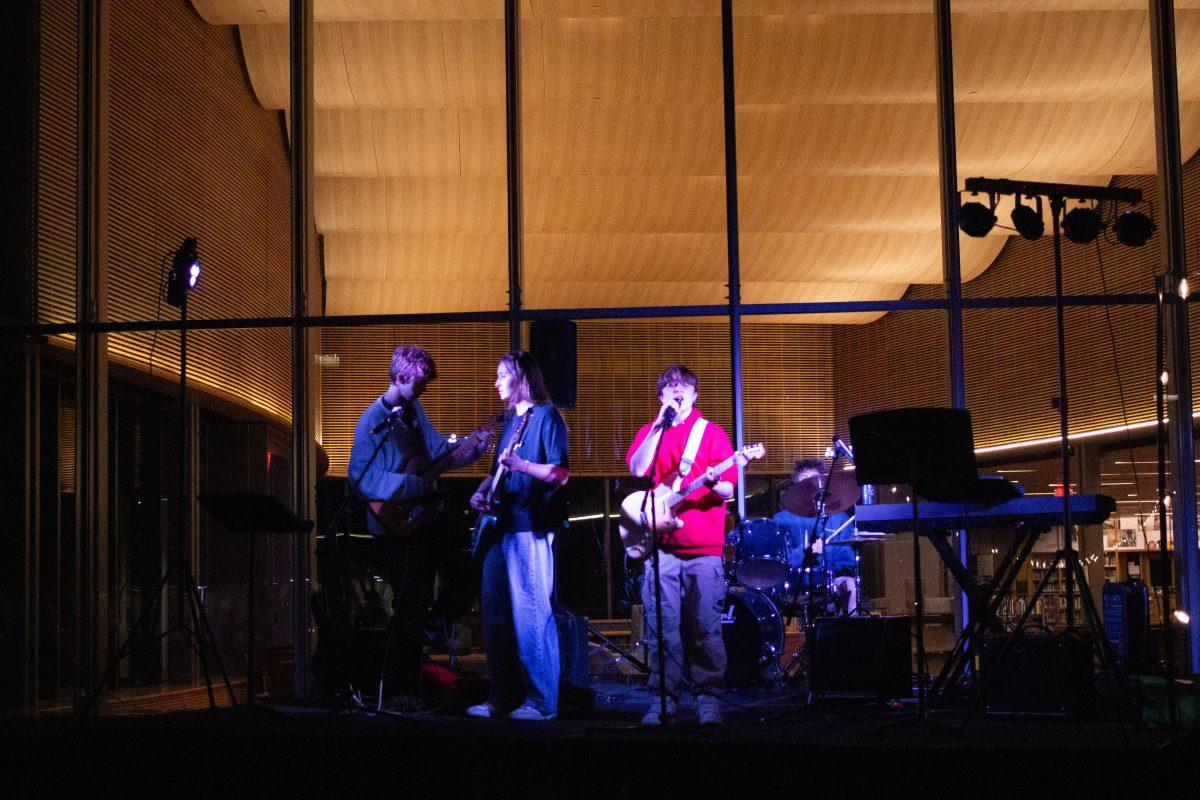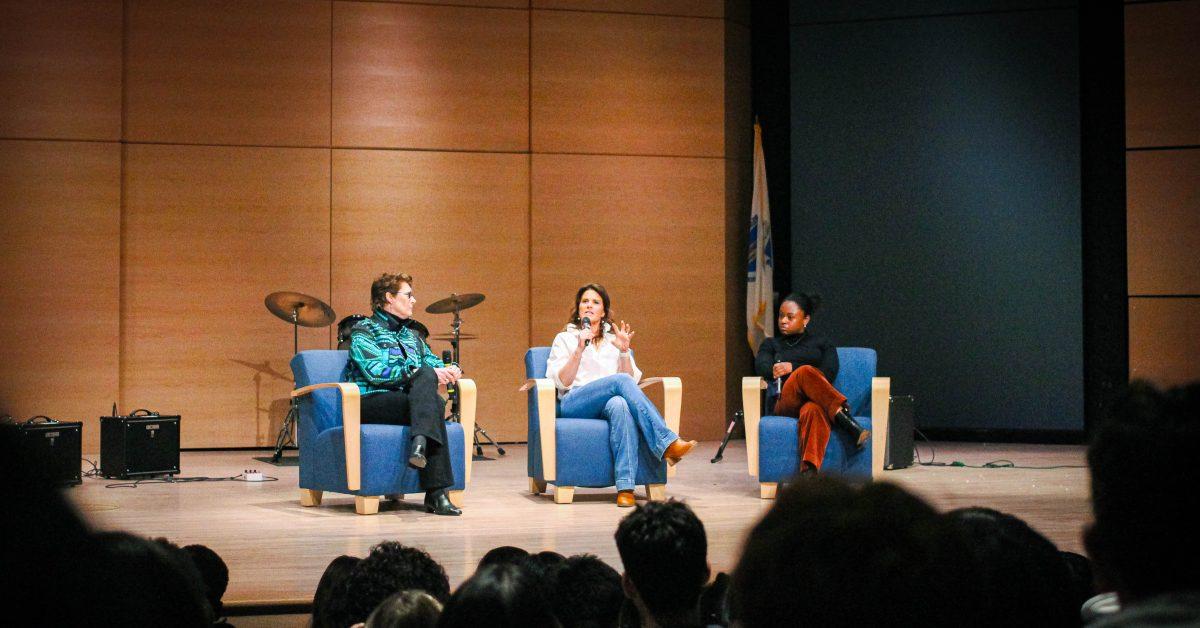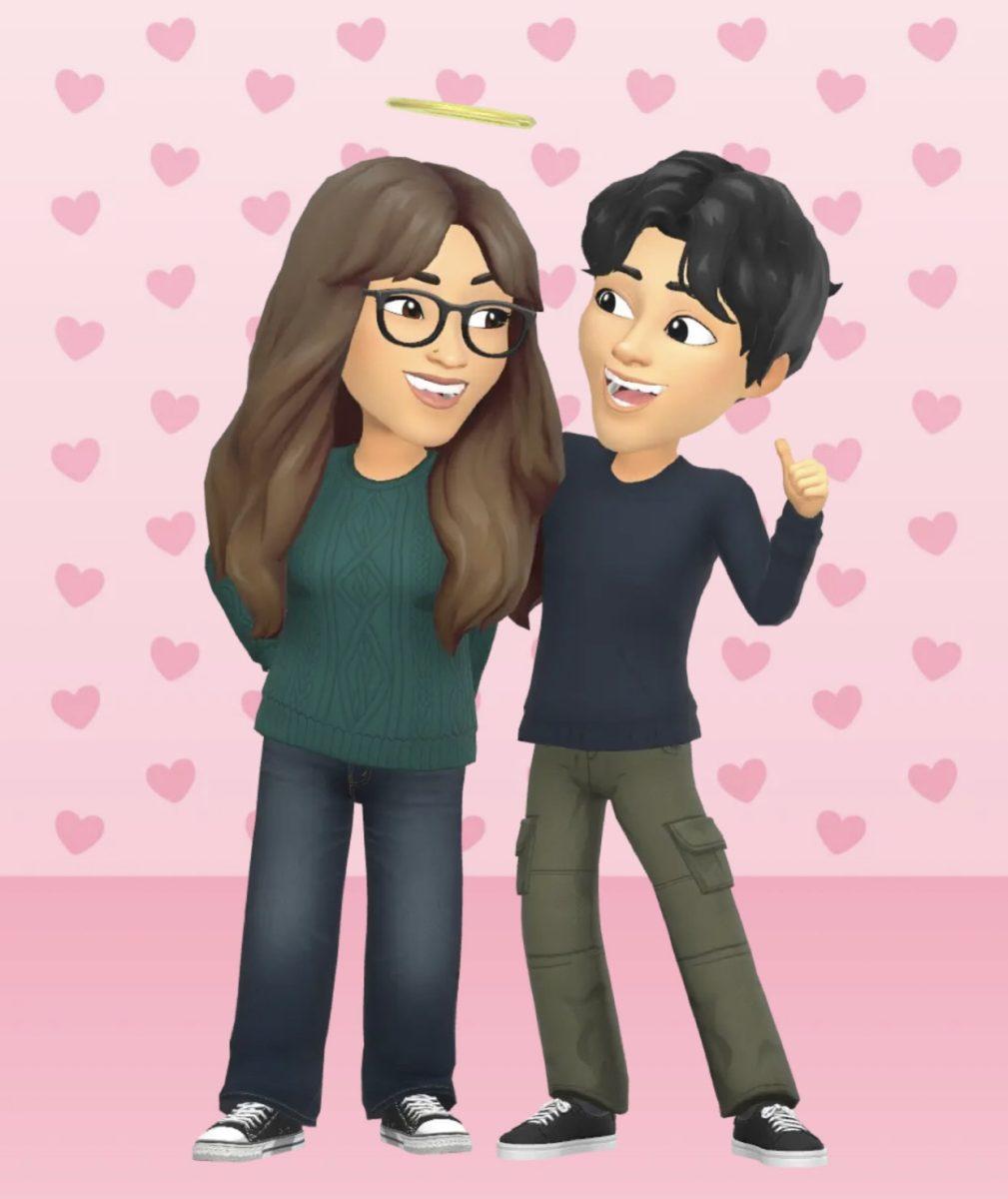Peter Sacerdote (Class I) could never have predicted that he would be co-leading the Multicultural Students Association (MSA) at Nobles today. In his senior fall, he registered for the Satire and Humor English elective but switched to Race and Identity a few days into the school year. “I feel really lucky that that happened,” he said. Asking him if he would’ve attended MSA meetings in September if the group had already existed, he said, “I wouldn’t have. It’s because of what I learned about during Race and Identity.” Sacerdote’s experience reflects that of many white students who take the course. For students of color, this experience may not be as prevalent. “I think as a student of color, I didn’t learn as much as the white students in my class,” Valeria Yepes Restrepo (Class I) said.
Given the diversity in the Race and Identity classroom, students tend to have varying degrees of exposure to concepts surrounding race. Because of this discrepancy, some students of color feel that they are already familiar with these ideas. “I feel like it’s a lot more, ‘I already knew this.’ It’s not really newfound information,” Jasmyn Cooper (Class I) said. The gap in personal experiences with regard to race between students of color and white students leads some students of color to take on a more vocal role alongside the Race and Identity faculty. “I feel like when [I’m] answering questions in the Race and Identity class, it’s kind of to answer the prompt, but also to teach the white students,” Cooper said.
This disparity in understanding can be difficult to address. “In Sister to Sister (S2S), there’s more of this unspoken understanding and familiarity already because of the adversity that POC face that white students just can’t relate to because they don’t face it,” Cooper said. With white students in the class having a less clear comprehension of race, they often unpack for the first time many ideas that some students of color may experience regularly. “I think a lot of the topics that we talk about, for a student of color, are like an everyday thing, whereas for a white student at Nobles, they’re revolutionary,” Yepes Restrepo said. “It was eye-opening reading Peggy McIntosh’s work [White Privilege: Unpacking the Invisible Knapsack] because some of the privileges she listed were things I had never really considered before,” Jameson Callaghan (Class I) said. This divide in information can be seen physically in the Race and Identity classroom. “We even sit like that. It’s all the white students on one side and all the students of color on the other,” Cooper said.
“I think a lot of the topics that we talk about, for a student of color, are like an everyday thing, whereas
for a white student at Nobles, they’re revolutionary.”
Race and Identity faculty Edgar De Leon and Dave Liebowitz have taken multiple measures to ensure that all students can learn more about themselves and others by facilitating productive dialogue. “That goal is for everyone. We don’t have different goals for different students,” De Leon said. With that universal objective in mind, De Leon and Leibowitz work to make the class a welcoming space for all. “One of my fears is that [this] idea gets falsely narrated that [this] is a space for certain people,” Liebowitz said. Participating in Race and Identity discussions can feel intimidating for white students initially. “I think at the beginning, those of us who are white, or at least white-passing, felt unsure of how to test the waters because we were scared to say anything wrong,” Brooke Johnstone (Class I) said. De Leon and Leibowitz create a healthy environment for discourse by establishing the grounds on which students can converse. Through the book Why Are All the Black Kids Sitting Together in the Cafeteria?: And Other Conversations About Race by Beverly Tatum, students get introduced to basic theories and vocabulary to utilize in discussions on later texts or films. “We don’t debate life experiences. We debate theories,” De Leon said. By leading with this theory-first approach, more students feel welcome to participate in class discussions. “That’s kind of helped me feel like I should be a voice in this class, even when sometimes I feel like it’s not my place,” Johnstone said.
Engaging in thoughtful dialogue has helped students of all backgrounds have a positive experience. In semester one, students debated over the course of two classes whether or not Mookie made the right choice at the end of Spike Lee’s Do the Right Thing. “We came out of the class and we were like, ‘Oh my gosh, that was the best discussion I’ve ever had in my Nobles career,’” Yepes Restrepo said.Even in a setting where all voices are valued, personal experiences are bound to impact discourse. “I remember people saying ‘I think he did do the right thing, because where I grew up, this is the case and this is the case,’” Sacerdote said about the Do the Right Thing debate. De Leon claims that after 10 years of holding the same debate, opinions were always influenced by outside forces. “The conversation during George Floyd was very different from the conversation in 2024. The context was different,” he said. While personal background and bias certainly influence the Race and Identity experience, that influence has nothing to do with the way the class is taught or structured. “Anybody’s personal identity shapes [their experience] in any class, not just this one. Not just a class called Race and Identity,” Liebowitz said. Having students understand this has been De Leon’s mission since he took over the class a decade ago. “What has to be learned in our institution, the class, [and] in society, is that if we have different views of one thing that’s actually okay. It doesn’t have to be a debate.”

